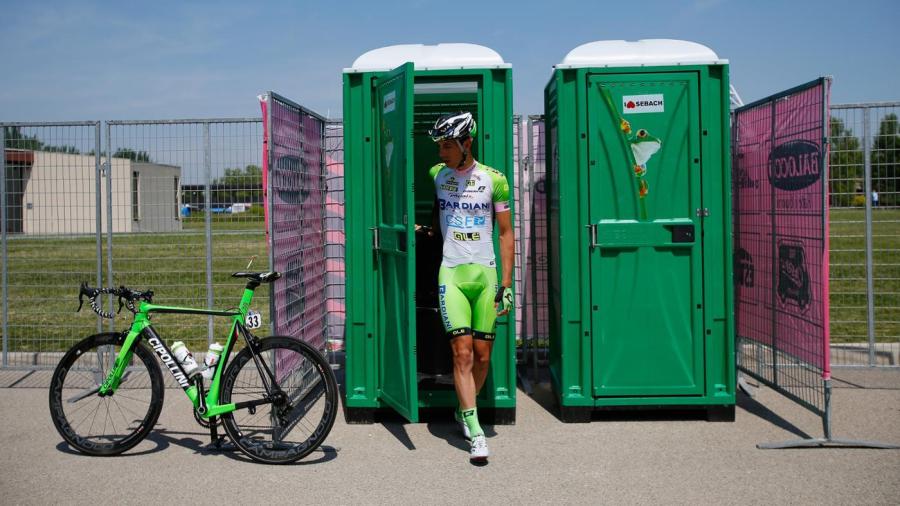What Does the Rectum Do in the Digestive System?

The rectum serves as a temporary storage place for feces before they are expelled by the anus. The rectum is the final part of the large intestine and a component in the lower gastrointestinal tract. On average, the length of the rectum in humans is 10 to 12 centimeters.
As the rectum fills with feces, the walls of the anus expand, causing stretch receptors to send signals to the brain, which then creates an urge to defecate. Constipation occurs when defecation is delayed and hard, dry stool forms. Using a gloved finger can help remove the feces, and stool softeners can be used to alleviate constipation as well. When the rectum is full, it pulls apart the walls of the anal cavity. The rectum begins to shorten during this process, and the feces are pushed out by rhythmic muscular contractions, also known as peristalsis. Then, the sphincter muscles pull up the anus over the feces, causing it to be expelled from the body.
One disease of the anus, called rectal prolapse , occurs when the walls of the rectum have fallen out of place. Sometimes, the symptoms are only internal, but external symptoms include protrusion of the rectum from the anus. Rectal prolapse is most common in elderly women, but it can occur in all individuals. This disease is rarely life-threatening, and most external prolapse instances can be treated with surgery.





